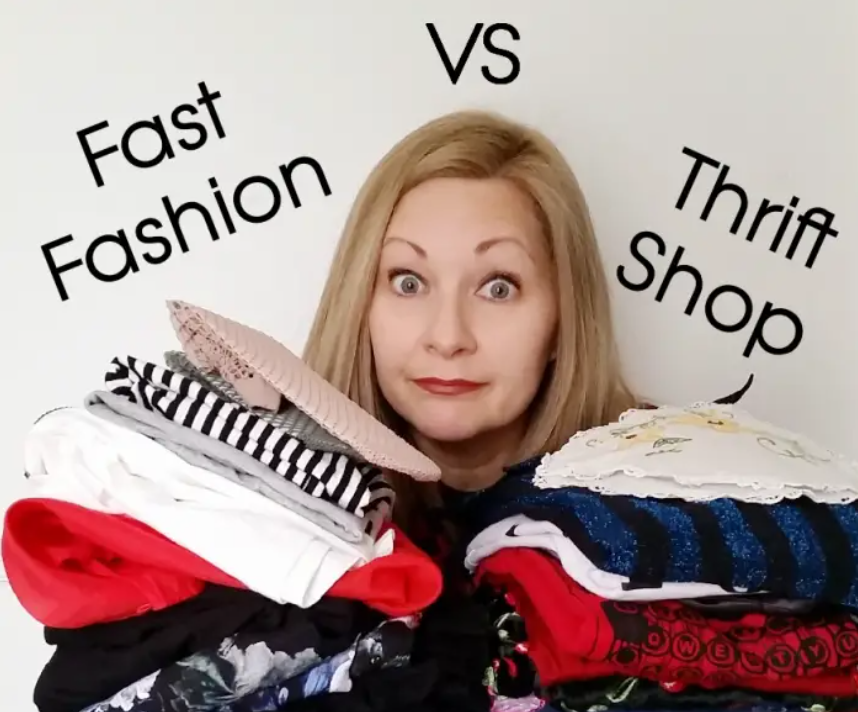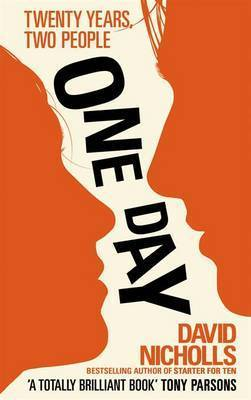Fast Fashion vs. Thrifting
The transition between the trends of Generation Z are truly fascinating to watch. It seems that everything that is consumed by this group is fleeting, including their clothes. Enter fast fashion. Its bright colors and cheap prices speak to the flashy styles and limited income of the modern teen. If it seems too good to be true, that’s because it is. Online shopping is already ethically questionable, so with the introduction of the use of sweatshops and less than sustainable materials, the industry has become a heaping pile of red flags. So why do people still participate in it? This question leads to the even more pressing issue of overconsumption. As was mentioned previously, the flighty nature of fashion trends causes many to turn to fast fashion brands. Social media plays a large role in this issue, with it flashing an endless slew of new styles and ‘aesthetics’ for any viewer to devour hungrily. Similarly, socials seem to activate the part of teens that wish to fit into, or chase, the unattainable ‘perfect life.’ This is what leads consumers to the cheapest possible option: fast fashion. Once the ‘microtrend’ expires and loses popularity, these items are discarded or donated, leaving the consumer to take to the internet once again to find something new that may have caught their eye. The cycle continues, leaving byproducts of massive amounts of waste and water pollution to further harm the planet.
Alternately, those who have realized the detriments of fast fashion have found the alternative of thrifting. Not only is thrifting a better and more sustainable option, it’s fun. Teens have begun to make an event of a thrifting trip, spending hours combing through racks and racks of diverse selections of clothing. Some days are more lucky than others, but the days where something special can be found feels like winning the lottery. Afterwards, people take their finds to social media, posting hauls and thrift flips. This ultimately shows that a person does not need money to find something they love. Similarly, one does not need to turn to fast fashion in order to curate their closet.
The trend of thrifting brings the discussion back to the internet. Depop and online thrift-stores have also emerged with the popularization of buying secondhand. Depop sellers have become notorious for jacking up the prices of pieces that they find at humble thrift stores. Once again, making the experience of purchasing cheap but unique clothing unattainable. Thrift stores have followed this trend by also raising their prices. Whether it is the result of Depop sellers, the influx of thrifters, or plain old inflation, the price trend has cut off nearly all options for sustainable and affordable fashion.
Just like most things in this world, every part of the fashion industry has consequences. The best thing that anyone can do is research where you shop, shop small businesses, and buy as much second hand as possible. This world belongs to everyone, and everyone deserves to have clothes on their backs. Having one should not guarantee the destruction of the other.



















